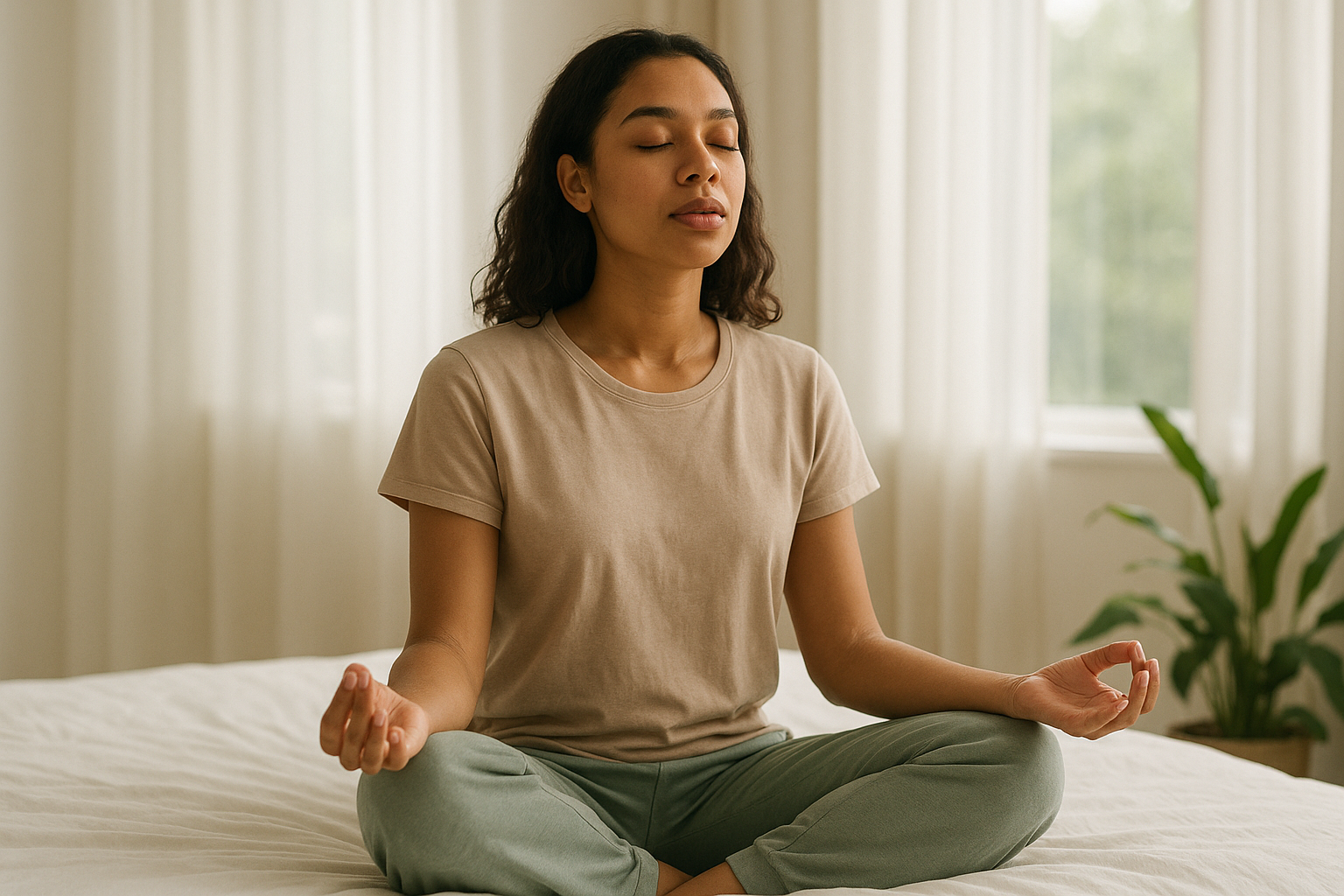In today’s fast-paced world, stress and anxiety have become unavoidable companions for many of us. As deadlines pile up and notifications bombard our phones, feelings of panic can arise without warning. Recognizing these challenges, Trankua offers support exactly when you need it most. Managing stress starts from within, and one of the most effective tools is something you already possess: your breath.
Understanding the Power of Breathing for Mental Health
Breathing is the bridge between your body and mind. Research (output: 1750002027) highlights that rhythmic breathing helps regulate the nervous system, reducing the intensity of anxiety and panic attacks. When you feel overwhelmed, your breathing often becomes shallow and erratic, sending signals of distress to your brain. By consciously controlling your breath, it is possible to trigger a sense of calm and restore balance in both body and mind.
- Connects mind and body instantly
- Reduces stress hormone levels
- Helps decrease rapid heart rate
- Restores emotional balance
- Can be practiced anywhere, anytime
Whether you are at work, on public transport, or in your living room, these breathing techniques are available whenever worry strikes. Let’s explore several powerful methods and how they can help you regain control quickly.
Diaphragmatic Breathing: Reset Your System
Diaphragmatic breathing—also known as belly breathing—focuses on fully engaging the diaphragm. This technique brings oxygen deep into your lungs, encouraging relaxation after just a few minutes of practice.
How to practice diaphragmatic breathing:
- Sit or lie down comfortably
- Place one hand on your chest and the other on your belly
- Inhale deeply through your nose for a count of 4, feeling your belly rise
- Exhale slowly through your mouth for a count of 6 as your belly falls
- Repeat for five cycles
This method grounds your focus on your breath, which distracts the mind from anxious thoughts. After just a few rounds, most users notice their heart rate slows and tensions fade. With practice, diaphragmatic breathing enhances your resilience to stress and trains your body how to respond calmly to triggers.
Box Breathing: Regain Control in Minutes
Box breathing is a favorite technique among paramedics, athletes, and mental health professionals for its simplicity and effectiveness. By creating an even breath cycle, you support your body’s ability to handle stress and clear the mind.
How to try box breathing:
- Inhale through your nose for 4 counts
- Hold your breath for 4 counts
- Exhale slowly for 4 counts
- Hold again for 4 counts
- Repeat the pattern for at least 3-5 rounds
Practicing box breathing quickly restores equilibrium, especially during moments when you feel scattered or on edge. It teaches your mind to focus on structure rather than spiraling worries, making it ideal for workplace stress or anxious social situations.
4-7-8 Breathing: A Fast Track to Relaxation
Dr. Andrew Weil popularized the 4-7-8 method for rapid relaxation. This pattern is especially helpful when panic seems overwhelming or before stressful events like presentations. With practice, it becomes a go-to solution for falling asleep, calming nerves, or preparing for a big moment.
Steps for 4-7-8 breathing:
- Inhale quietly through your nose for 4 counts
- Hold the breath for 7 counts
- Exhale audibly through your mouth for 8 counts
- Repeat for four cycles
By extending your exhalation, you activate the parasympathetic nervous system. This signals your body that it’s safe, melting away symptoms of anxiety and panic in moments. Many find this technique useful for transitioning from work to relaxation or to manage intrusive thoughts.
Alternate Nostril Breathing: Bring Mindful Balance
Alternate nostril breathing balances the left and right sides of your brain, supporting mental clarity and emotional steadiness. Traditionally used in yoga and meditation, this technique can be used anytime you need to reset.
Steps to perform alternate nostril breathing:
- Sit comfortably with your spine straight
- Use your right thumb to close your right nostril
- Inhale deeply and slowly through your left nostril
- Close your left nostril with your right ring finger, releasing the right
- Exhale through the right nostril
- Inhale through the right nostril
- Close the right, release the left, and exhale through the left nostril
- Repeat for up to 5 rounds
Alternate nostril breathing requires focus, which helps anchor your mind in the present. You may experience an immediate shift in your mood, feeling more centered and able to approach challenges with a clear mind.
Practical Tips: Make Breathing Techniques a Daily Habit
Breathing exercises are most effective when they become part of your regular routine. Integrate them into daily activities to build resilience and ensure you can access calming support when stress levels rise. Consider these strategies:
- Start your morning with 5 minutes of breathwork before looking at your phone
- Use breathing exercises as a gentle break between meetings or tasks
- Practice a calming breath before meals to aid digestion and reduce tension
- End your day with slow breathing techniques to prepare for restful sleep
- Pair breathwork with calming music or affirmations for added relaxation
The key to success is consistency, not perfection. Even brief, mindful breathing can make a noticeable impact. Set reminders or use support tools to help you stay on track—every effort contributes to your overall well-being.
When you need instant support to regain control and find peace, the right tool can make all the difference. The Trankua App offers guided breathwork and instant calm, right at your fingertips. Ready to experience a calmer, more balanced you? Download the Trankua App now and discover how your next breath can change everything.

